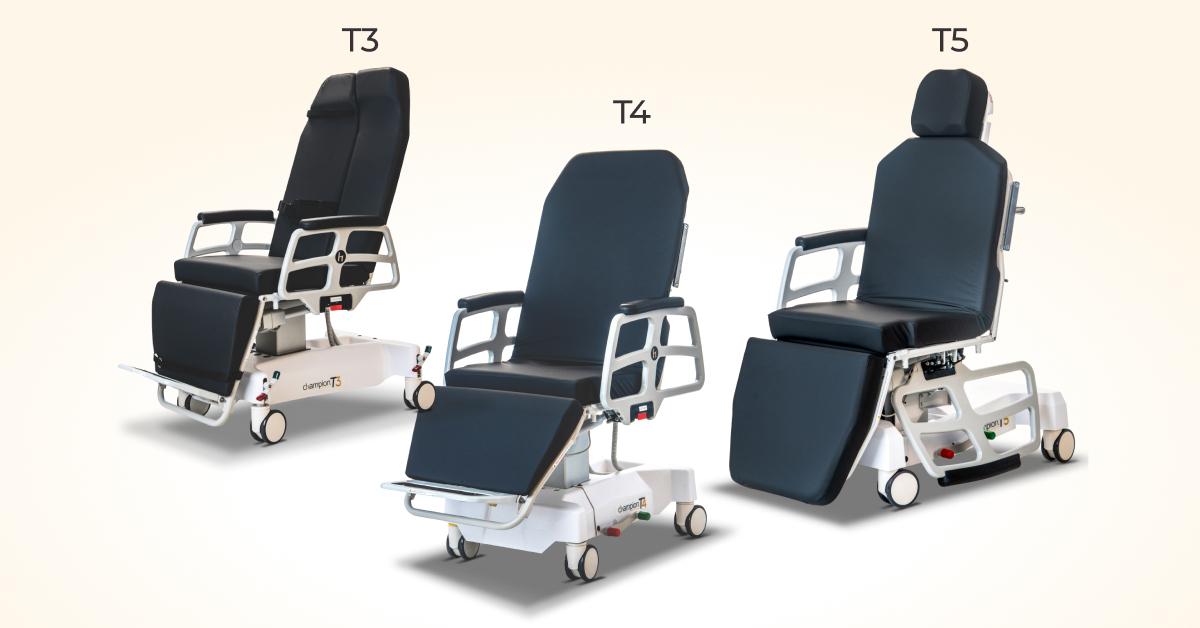
Healthcare staff, including nurses, physicians, and allied health professionals, increasingly seek more influence in decision-making because they are on the front lines of patient care and understand the practical realities of daily operations. Their desire for inclusion is rooted in several key factors, which we will examine in this blog.
Why Healthcare Staff Want More Influence
Patient Safety and Quality of Care: Clinicians want to ensure that changes do not compromise patient outcomes. Their firsthand knowledge helps identify potential risks and inefficiencies that administrators might overlook.
Operational Efficiency: Healthcare staff experience workflow bottlenecks and inefficiencies that impact care delivery. By having a voice in decision-making, they can suggest realistic solutions that streamline operations and improve patient care.
Professional Autonomy and Respect: Involving staff in decisions fosters a sense of professional autonomy and acknowledges their expertise. It signals that their insights are valued, promoting trust between clinical teams and administration.
Morale and Job Satisfaction: Empowering staff to contribute to decision-making increases job satisfaction and engagement. It gives them a sense of ownership over their work environment, leading to better retention and reduced burnout.
Innovation and Continuous Improvement: Staff who feel heard are more likely to propose innovative solutions and contribute to ongoing improvements in care delivery and patient experience.
How Healthcare Professionals Feel About Top-Down Changes
When administrators make sweeping changes without consulting staff, the response is often negative and can lead to several consequences.
Some of these negative results include:
- Frustration and Resentment: Staff feel disregarded and undervalued when decisions affecting their work are made without input. This can lead to frustration, resentment, and decreased motivation.
- A Disconnect Between Them and Leadership: Lack of collaboration erodes trust between frontline workers and administrators. Staff may view leadership as out of touch with clinical realities, further widening the gap between decision-makers and those implementing the changes.
- Increased Burnout and Stress: Uninformed changes can disrupt workflows, increase workloads, and create inefficiencies. When staff must adapt to poorly thought-out changes, it contributes to higher stress levels and burnout.
- Resistance to Change: Without buy-in from staff, new initiatives often face passive or active resistance. Clinicians may be less willing to embrace changes they perceive as imposed without adequate consideration.
- Patient Care Concerns: Staff worry that changes made without clinical input may compromise patient safety or negatively affect care quality. This concern adds emotional and ethical stress, further compounding dissatisfaction.

Sign up to get the latest industry news and offers right in your inbox
The Importance of Inclusion
When healthcare administrators engage staff in decision-making, it creates a culture of shared governance where clinical expertise and administrative insight work together. This collaborative approach improves outcomes, enhances staff morale, and strengthens trust within the organization.
Hospital administrators should include clinicians in decision-making for numerous compelling reasons, each contributing to a more efficient, effective, and safe healthcare system.
Because clinicians are on the front lines of patient care, their direct involvement in daily operations provides valuable insights into patient needs and clinical processes that are often overlooked by those in administrative roles. Their practical knowledge and firsthand experience enable them to identify potential pitfalls and inefficiencies, ensuring that new policies or changes are both realistic and sustainable in real-world settings. When clinicians contribute to decision-making, patient safety and quality of care are enhanced, as clinical experts help shape protocols that are responsive to the intricacies of patient treatment and care coordination.
Moreover, the inclusion of clinicians promotes innovation by merging administrative expertise with clinical insights, resulting in novel solutions that enhance both care delivery and organizational performance. This synergy ultimately leads to a more responsive healthcare system where policies and practices are continuously refined based on direct feedback from those who deliver care. By bridging the gap between administration and clinical practice, hospitals build a more resilient and adaptive organization, ultimately benefiting patients, staff, and the entire healthcare community. Inclusion of clinicians fosters continuous improvement and drives excellence.
A Specific Example of Clinicians Who Want More Influence
A recent survey highlights the growing desire among clinicians to have more influence in healthcare software decisions, reflecting a shift in the digital landscape of healthcare operations. The survey, which gathered insights from over 280 healthcare leaders across clinical, operational, and IT sectors, revealed that 72% of clinicians want a greater voice in software purchasing decisions. However, IT and operational leaders remain more cautious about this shift.
One notable finding is that 51% of hospitals and health systems currently use over 50 different software solutions, though this number is gradually decreasing from 55% in 2023 and 60% in 2022. Despite this trend, 40% of IT leaders reported their organizations still rely on at least 150 software solutions, with nearly half admitting they had not conducted a software audit in the past year. This highlights an ongoing need to assess and streamline technology use.
Read More: “How Lack of Alignment Between IT, Operational Leaders, and Clinicians Impacts U.S. Healthcare Organizations”
A majority of respondents (82%) agreed that simplifying workflows and reducing software complexity is key to improving productivity. Yet, 85% reported wasting over an hour daily on administrative tasks that could be automated or streamlined with better solutions. Additionally, 81% of IT leaders expressed concern about unvetted “shadow IT” purchases, which pose security and compliance risks to healthcare organizations.
Security and staffing challenges remain top concerns. While 40% of IT leaders identified cybersecurity as the greatest threat, 51% of clinicians and 43% of operational leaders cited burnout and staffing issues as their primary challenges. These findings underscore the need for healthcare administrators to prioritize technology solutions that enhance efficiency, reduce administrative burdens, and address workforce concerns.
As digital tools like Zoom continue to reshape patient care delivery, this survey underscores the importance of including clinicians in decision-making to ensure that technology solutions align with clinical needs and operational goals.
Champion’s T-Series Procedure Chairs Change the Surgical Space
At Champion Healthcare Solutions, we engineer medical seating that meets clinical needs and operational goals. Managing the efficiency of patient flows from admittance to discharge has become crucial in maximizing capacity while delivering an optimal patient experience.
Our T-Series procedure chairs are designed for easy maneuverability and mobility. They’re lightweight, with swivel casters that allow for easy turning and movement. This is vital when every second counts. And even for elective or non-emergent procedures, greater efficiency frees up time and resources to prioritize patient care. Each T-Series chair can adapt to multiple configurations. They can be raised, lowered, or rotated to suit the patient’s height, mobility level, or medical procedure.

The product numbers in this series are not generational. It’s not like an iPhone, where each new iteration is assigned a higher number and indicates new and improved features. Our numbers indicate different clinical applications. Each procedure chair is engineered for specific medical settings.
Learn which T-Series Procedure Chair is best for your clinical application, then request a quote for your facility.
